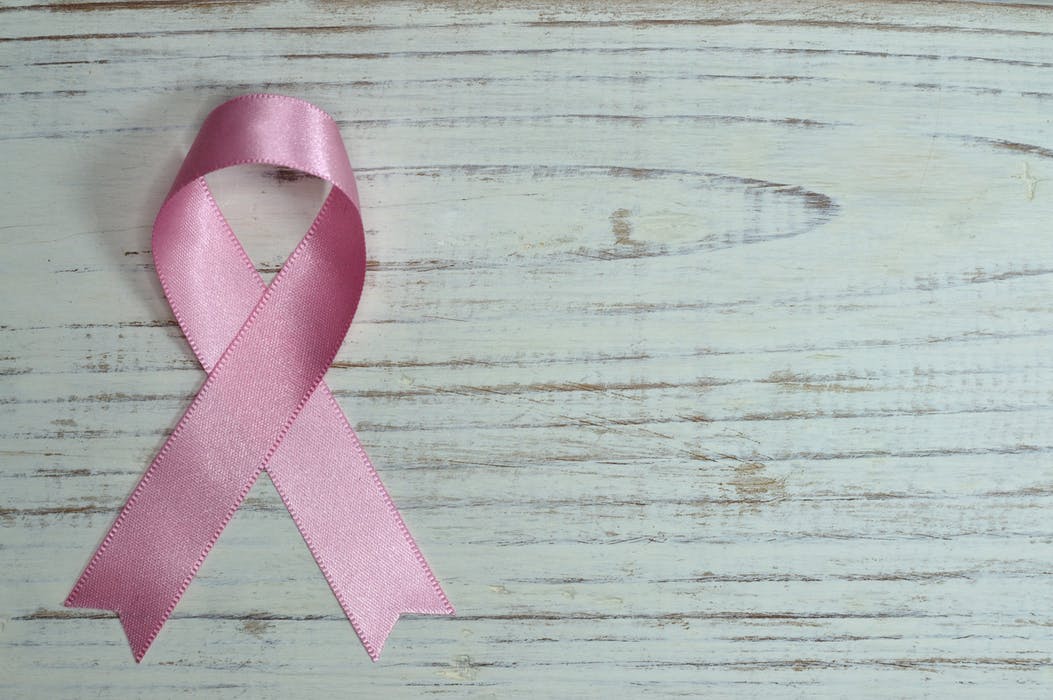
This February, thousands of patients, advocates and specialists are celebrating National Cancer Prevention Month. The months aims to highlight simple lifestyle adjustments that can help safeguard health and prevent the development of different forms of cancer. According to the World Health Organization (WHO), roughly 30 to 50 percent of all cancer diagnoses are actually preventable. However, some individuals are unaware of the different ways to protect themselves and their families.
An easy place to begin prevention is in the home and workplace. Americans spend approximately 87 percent of time indoors and six percent inside a vehicle. Considering the amount of time spent breathing the air at the office or in the home, the air quality of these spaces should be thoroughly inspected. Three often forgotten indoor toxins impacting health include, formaldehyde, asbestos and radon.
Formaldehyde is a flammable chemical commonly used in building materials and household products. It is colorless with a strong odor. The chemical is produced both industrially and naturally – through the decaying of plant material in the soil and normal chemical processes completed by living organisms. Exposure occurs primarily through the inhalation of formaldehyde gas or vapor, however, liquid formaldehyde can be absorbed through the skin. Potential sources of exposure include pressed-wood products, tobacco smoke, automobile emissions, gas stoves, wood burning stoves, kerosene heaters.
Formaldehyde can cause irritation of the skin, eyes, nose, and throat. High levels of formaldehyde may even cause cancer. To decrease exposure, The U.S. Environmental Protection Agency (EPA) recommends using “exterior-grade” pressed-wood products, increasing ventilation, and maintaining moderate temperatures within the home and office.
Another toxin to say mindful of is asbestos. Asbestos is a naturally occurring fibrous mineral which was commonly used prior to the 1970’s. The material can be found across a variety of industries, ranging from construction to consumer products. At one point, asbestos was known as a “miracle” material for its strong resistance to heat, electricity and fire. Because asbestos use was so prevalent, it can still be found in homes built before 1980 and items currently in production. Although heavily regulated, asbestos is still legal and regularly imported into the United States. Potential sources of exposure include cements, automotive materials, cement pipes, flooring & tiles, roofing & shingles and more.
Asbestos becomes dangerous when the particles are released into the air. Once inhaled, the asbestos fibers can embed themselves in the lining of the lungs, heart or abdomen where mesothelioma cancer may develop. Pleural mesothelioma is the most common form of the disease, accounting for roughly 70 to 80 percent of new diagnoses. Symptoms most often include chest pain, persistent coughing, shortness of breath, and fluid around the lungs. There is currently no cure for mesothelioma cancer, but early detection does improve life expectancy.
You can prevent exposure to asbestos, and the likelihood of contracting mesothelioma by staying mindful and limiting exposure to asbestos materials. If you find that your home does have asbestos, it is in your best interest to have it inspected by a licensed professional.
An additional toxin that is also no stranger to the home is radon. The radioactive gas forms naturally in the environment when the uranium in rocks, soil and water breakdown. The toxin is an invisible, odorless, and tasteless gas which travels from the ground and diffuses into the air, often finding its way into homes through the cracks in the floor or foundation.
Testing is the only way to determine if there are unhealthy levels of radon present in the home or office. The World Health Organization recommends taking action if levels exceed 100 becquerels (Bq), or 2.7 picocuries per liter (pCi/L). Radon levels in homes can be reduced by: increasing under-floor ventilation, installing a radon sump system in the basement or under a solid floor, avoiding the passage of radon from the basement into living rooms, sealing floors and walls and improving the ventilation of the house.
If radon gas is inhaled the particles can damage the cells that line the lungs. Radon exposure is the second overall leading cause of lung cancer in the United States, right behind cigarette smoking. It is estimated that there are 15,000 to 22,000 lung cancer deaths in the U.S. annually as a result of radon exposure.
According to the EPA, the average person takes between 17,280 and 23,040 breaths a day, exposing themselves to potential air pollution and lung risk with each inhale. In light of National Cancer Prevention Month this February, take a moment to examine the air quality within the home and workplace to safeguard health and prevent cancer. Action now can prevent necessary reaction in the future.





Leave a Comment